Brain Voices
Scientists are beginning to reconstruct the words people hear based on electrical activity in their brains.

Scientists are beginning to reconstruct the words people hear based on electrical activity in their brains.
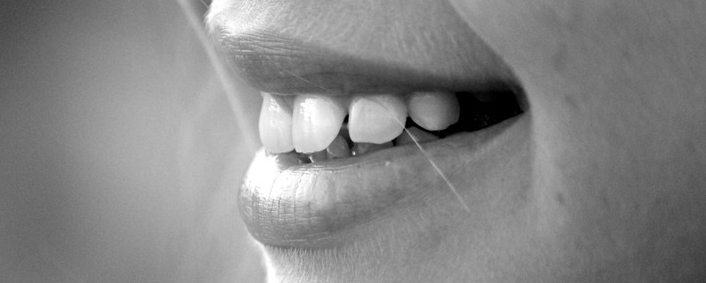
A 3D map of the structure of tooth enamel may help scientists protect it, and even imitate it.
Across the globe, humans have selected pigs with genetic mutations for black coats.
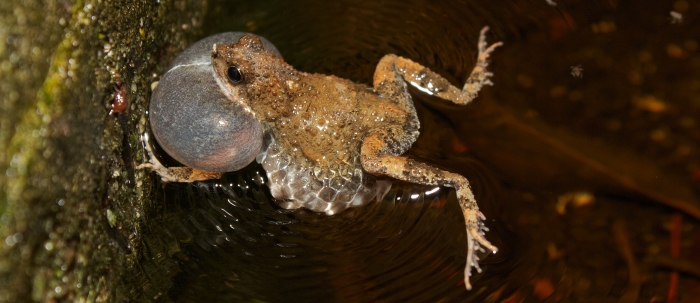
Noise caused by humans is invading natural ecosystems, but some animals have multiple sensory systems to deal with it.
The Twa people of Uganda climb trees with ease. A new study suggests that the trait may be the result of practical necessity.

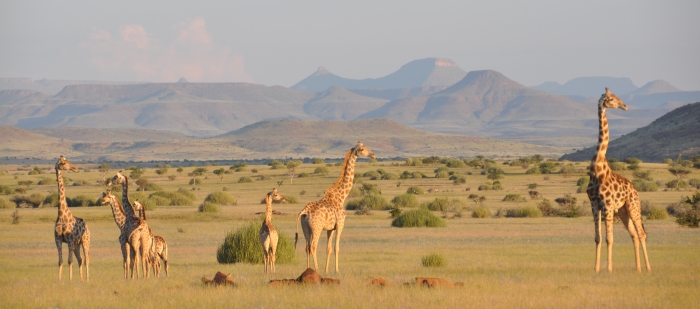
A DNA analysis reveals that giraffes make up four different species instead of just one.

The discovery of ancient wooden wells in Germany reveals that Neolithic woodworking was more sophisticated than previously believed.

Understanding the mechanism behind fibrosis could lead to new ways to prevent organ failure.
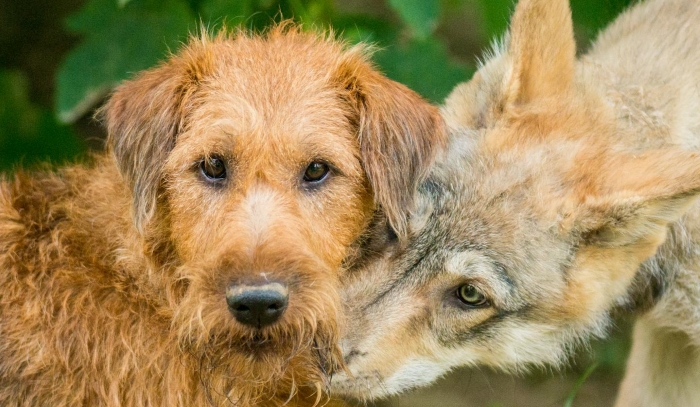
Does their divergent evolution affect risk-taking behavior in dogs and wolves?

Both dogs and people use the left hemisphere of their brains the process words and the right to process intonation.
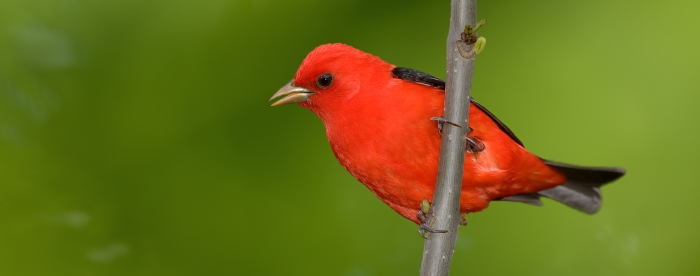
Climate change could be leading to food shortages for migrating birds.
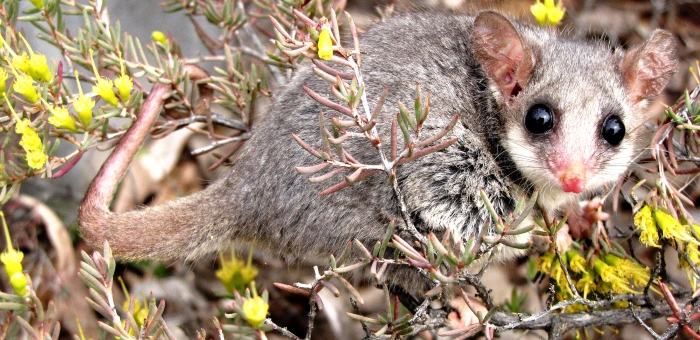
Under certain circumstances, small hibernating animals can wake up to escape from forest fires.
Sensors that light up in presence of neurotransmitters are helping unlock the secrets of drug addiction.


Spikes in radiation caused by historic solar flares could help archaeologists precisely date ancient events.


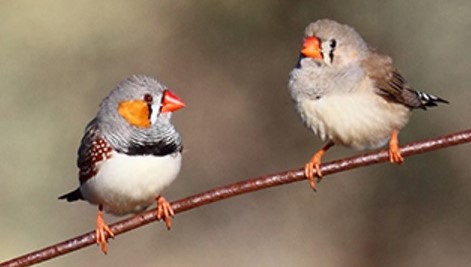
An Australian bird’s special call warns its unhatched chicks of a hot climate.
